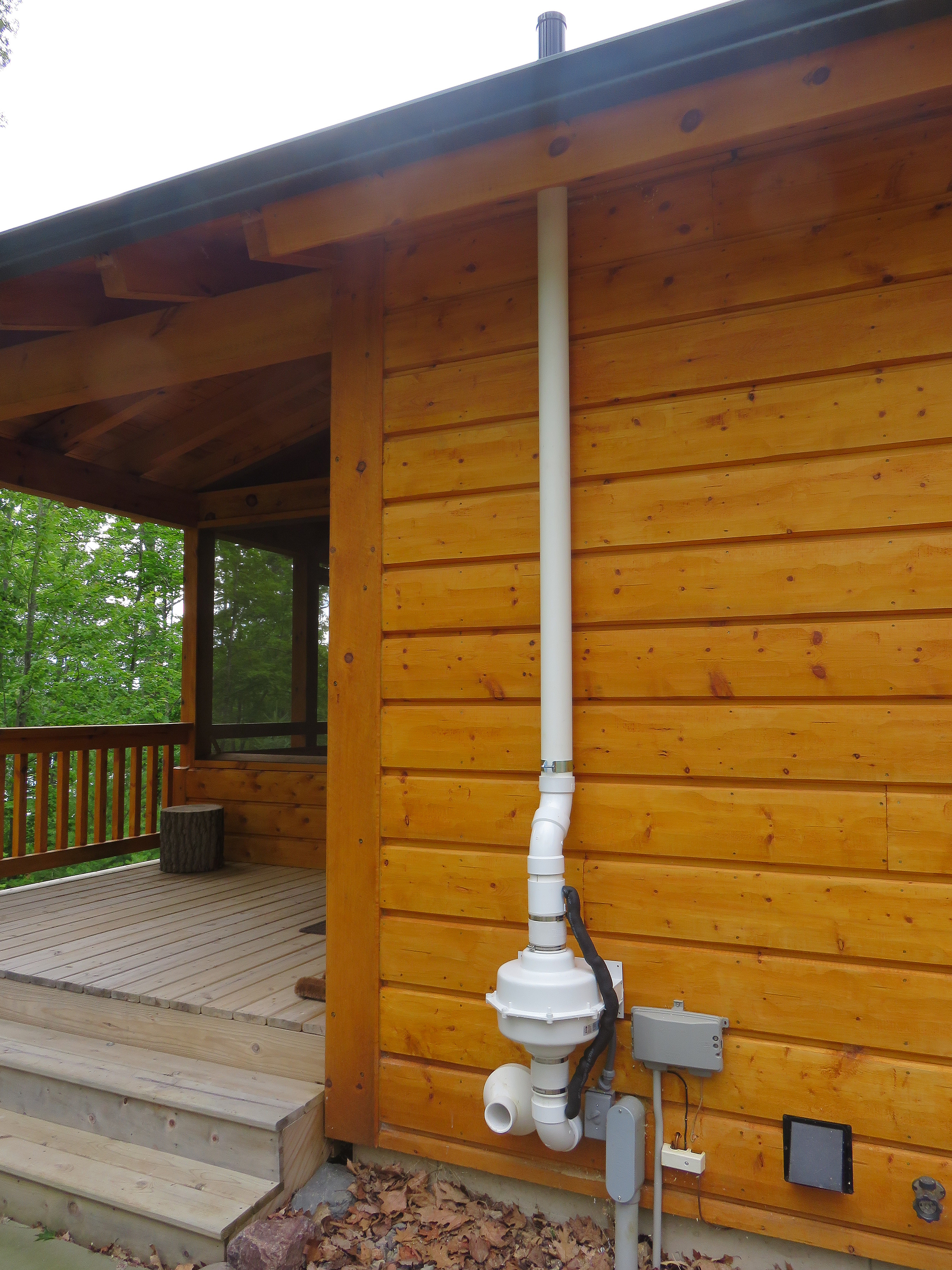RADON TESTING AND MITIGATION: THE BASICS

Another Point of View ="max-height:300px;max-width:400px;" itemprop="image" src="https://theradonco.com/wp-content/uploads/2018/04/Radon_Co_basement-logo-660x495.jpg" alt="Six Added Benefits to Installing a Radon Reduction System"/>How does a radon mitigation system work? - Indoor Science- Chicago
The EPA 402-R-93-078 Radon Mitigation Standards - WBDG Statements
Canadian Federal government, in conjunction with the areas and provinces, established the standard to show when restorative action must be taken was initially set at 800 Bq/m3 (becquerels per cubic meter) and since lowered to 200 Bq/m3. This new standard was approved by the Federal Provincial Territorial Radiation Defense Committee in October 2006.
Radon testing in the UK is managed UKradon, a department of Public Health England.

New Construction Passive Radon Mitigation - American Radon, LLC
Part of a radon mitigation system consisting of the fan and vent pipe shows up near the rain gutter downspout. Because high levels of radon have been found in every state of the United States, testing for radon and setting up radon mitigation systems has become a specialized industry because the 1980s. Many states have executed programs that impact house buying and awareness in the property neighborhood, however radon testing and mitigation systems are not usually obligatory unless specified by the local jurisdiction. According to the EPA's "A Person's Guide to Radon", the approach to minimize radon "mostly utilized is a vent pipe system and fan, which pulls radon from below your house and vents it to the outside", which is also called sub-slab depressurization, soil suction, or active soil depressurization (ASD).
The Facts About RadonAway: Radon Fans, Accessories & Supplies Uncovered
" EPA typically recommends approaches which avoid the entry of radon. Soil suction, for example, avoids radon from entering your home by drawing the radon from below the house and venting it through a pipeline, or pipes, to the air above the home where it is quickly watered down" and "EPA does not suggest using sealing alone to minimize radon due to the fact that, by itself, sealing has actually not been revealed to lower radon levels substantially or consistently" according to the EPA's "Consumer's Guide to Radon Decrease: How to fix your house". Ventilation systems can use a heat exchanger or energy recovery ventilator to recuperate part of the energy otherwise lost in the process of exchanging air with the outside.

